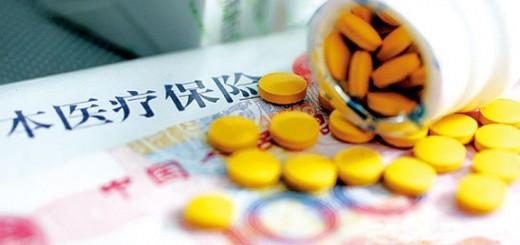Sepsis is a potentially fatal whole-body inflammation (a systemic inflammatory response syndrome or SIRS) caused by severe infection. Sepsis can continue even after the infection is gone. Severe sepsis is sepsis complicated by organ dysfunction which usually leads to high fatality.
This study used ginsenoside Rb1 to treat septic rats and found Rb1 significantly attenuated liver and lung injury (lower neutrophil infiltration, milder cell degeneration and necrosis), implying its potential value in the treatment of sepsis.
Related Articles:
Protective effects of ginsenoside rb1 on septic rats and its mechanism.
Biomed Environ Sci. 2014 Apr;27(4):300-3
Authors: Wu LL, Jia BH, Sun J, Chen JX, Liu ZY, Liu Y
Abstract
This study aims to observe the protective effects of ginsenoside Rb1 on liver and lung in rats with septic shock and reveal its mechanism.
Rats were randomly divided into three groups: sham, cecal ligation and puncture (CLP), and CLP with ginsenoside Rb1.
Then, the survival rate, arterial blood pressure, TLR4 mRNA, and TNF-α levels were determined.
The liver and lung tissues were stained with hematoxylin-eosin (HE).
The overall survival rate of the Rb1 group was significantly higher than that of the CLP group. Mean arterial blood pressure went down in both the CLP and Rb1 groups after CLP, and there was a significant difference both in the sham and Rb1 groups when compared with the CLP group.
The Rb1 treatment group had markedly lower TLR4 mRNA expression and TNF-α levels than the CLP group. In the CLP group, pathology showed swelling, degeneration, necrosis, and neutrophil infiltration in the liver and alveolar epithelial cells. However, in the Rb1 group, there was mild degeneration and slight neutrophil infiltration, but no obvious necrosis.
Rb1 may improve the survival rate, ameliorate arterial blood pressure, and protect the liver and lung in septic shock rats by downregulating the expression of TLR4 mRNA and inhibiting the production of TNF-α.
PMID: 24758759 [PubMed - in process]
Source: Dammarane Saponins








